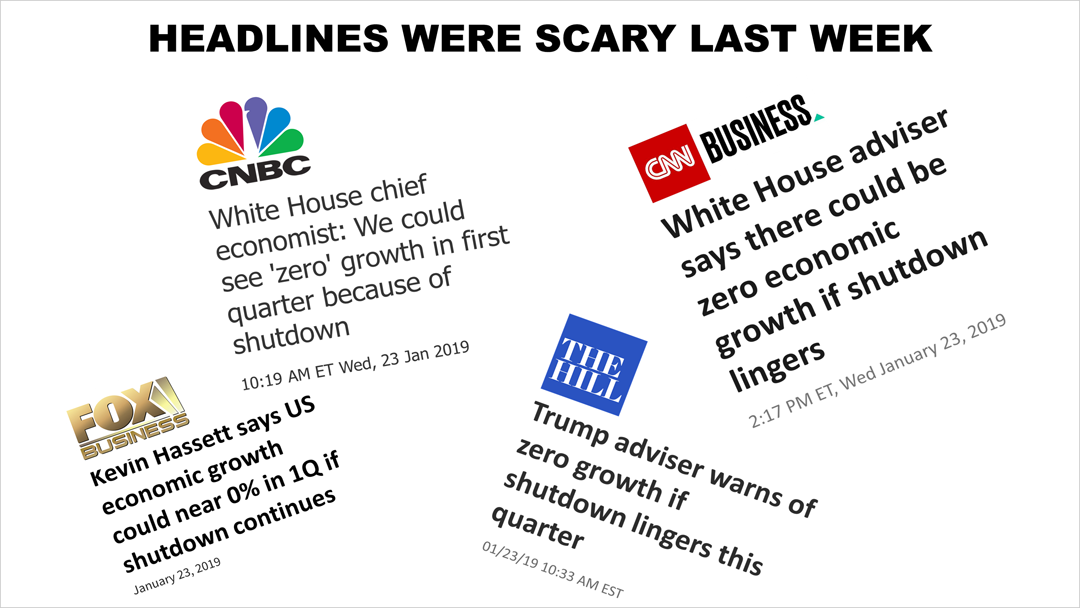Four Smart Tools For College Savings
The cost of a college education isn't getting any cheaper. According to the College Board, average annual tuition and fees for a four-year public college for the 2016-17 school year was $24,930 for out-of-staters and a year at a private college cost $34,480. And those sobering price tags are increasing much faster than the overall cost of living.
To help you get ready for your child's expenses for higher education, consider these tax-favored techniques.
 1. Section 529 plans. This has become far and away the most popular way for parents to save for college. These plans are operated by states and enable you to set aside almost unlimited funds for the future education of the beneficiaries you name—usually, your own kids. The money you contribute grows tax-deferred, and distributions you use to pay for tuition, fees, and other "qualified expenses" aren't taxed. If you opt for a plan from your own state, you might even be able to deduct your contributions on your state tax return. But some tax reform proponents have 529 plans in their sights, so you may want to lock in tax benefits now.
1. Section 529 plans. This has become far and away the most popular way for parents to save for college. These plans are operated by states and enable you to set aside almost unlimited funds for the future education of the beneficiaries you name—usually, your own kids. The money you contribute grows tax-deferred, and distributions you use to pay for tuition, fees, and other "qualified expenses" aren't taxed. If you opt for a plan from your own state, you might even be able to deduct your contributions on your state tax return. But some tax reform proponents have 529 plans in their sights, so you may want to lock in tax benefits now.
2. Custodial accounts. Before 529 plans, these were a standard way to save for college. You set up a custodial account under your state's Uniform Gifts to Minors Act (UGMA) or Uniform Transfers to Minors Act (UTMA), and a custodian—probably you—manages the funds for the child's benefit until he or she reaches legal age in your state and gets access to the money.
That's a chief drawback to this approach—that just when your children are old enough to go to college, they can tap the money you've saved for whatever they like. There's also the "kiddie tax." Most investment income above an annual threshold ($2,100 for 2017) that a dependent child under age 24 receives will be taxed at the top tax rate of the child's parents.
3. 2503(c) trusts. This type of trust, also called a minor's trust, is designed to provide funds for beneficiaries' college expenses. Like custodial accounts, 2503(c) trusts have been available for years but lately have taken a back seat to 529 plans.
With a 2503(c) trust, the income is taxed directly to the trust, so there's no kiddie tax problem, and assets aren't released to a beneficiary until age 21. However, because the trust tax brackets are narrow, you may still pay tax at a rate that's higher than the child's own tax rate.
4. CESAs. A Coverdell Education Savings Account (CESA) is like an IRA used for education instead of retirement. (It was originally called the "Education IRA.") Payouts for most college costs are tax-free. But the annual contribution limit is just $2,000—compared with much higher limits for 529 plans—and it hasn't budged in years.
But money in a CESA can be rolled over tax-free for the benefit of multiple beneficiaries. And unlike funds in a 529, which can be used only for higher education, money in a CESA may also go to pay tuition for private elementary and secondary schools.





